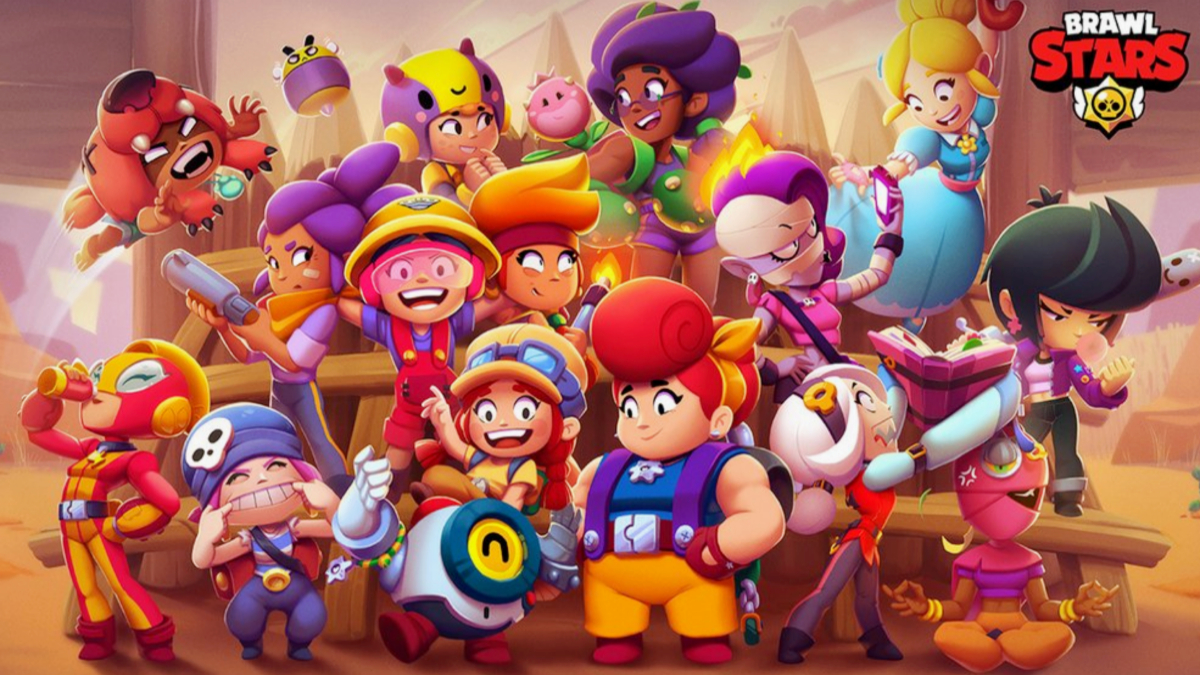In Dungeons and Dragons (D&D) Fifth Edition (5E), rogues are known for being the best at sneaking in the dungeons and deceiving anyone with no shame. They can be good or evil, but they always operate in the shadows.
This class is quite versatile, as they can learn about and be great at several sets of skills. You can play as a criminal escaping from the law or an adventurer specialized in infiltrating ruins to search for treasures, but they tend to work better on their own since they depend on stealth.
We already explained how to create a character in detail in our step-by-step guide, so now we’ll focus on the class’ best build and special features.
A Rogue’s Background
The main characteristic of a rogue’s backstory is their relationship with the law. Do they have a criminal past or present? They could have been part of a thieves’ guild and left searching for greater treasures or they can be simply adventurers who had a rough childhood and had to resort to thieving to survive. It’s important to think about what made your character leave in search of adventure and what they left behind. Maybe they used to be thieves but a friend convinced them to change their lives around and start fresh with a new adventure.
The objective of the background is to explain how your character got their suspicious skills and help you figure out what is their ultimate goal in their journey. The backstory can be tragic or not⏤it’s your character.
Rogues tend to have more tragic stories since only extreme conditions might drive someone to break the law to survive. Growing up in a family of thieves might also explain why your character would follow the same steps, but they can want other things, and breaking tradition is hard.
The Class Features
Rogues normally avoid entering head-on in battle because of their skills, so they normally go ahead of the party to scout the place unseen and report back with their findings. The other members can then prepare for battle and the rogue can go hide and sneakily enter the battle to deal more damage.
This class has an incredible number of features they receive as they level up. Since it’s a non-magical class from the beginning, all features focus on the rogue’s Dexterity abilities, such as being stealthy and being able to better dodge attacks.
The Sneak Attack right from the start is what most players have their eyes on, but the Expertise is worth paying attention to as well since it doubles your proficiency bonus for the chosen skills.
At level three, all rogues can choose an archetype to follow. We will explain it later, but this also grants interesting features to your character that can make them exceptional in combat. Later on, the Uncanny Dodge and Evasion will help you survive melee and magic attacks. As your character levels up, they will become more difficult to hit in combat and will gain extra luck on their ability checks.
The features become available for the character to use at specific levels. Here is a quick summary of all the features a rogue can have in D&D 5E:
- Expertise: Choose two of your skill Proficiencies, or one of your skill Proficiencies and your proficiency with Thieves’ Tools. Your Proficiency Bonus is doubled for any ability check you make that uses either of the chosen Proficiencies.
- Sneak Attack: Once per turn, you can deal an extra 1d6 damage to one creature you hit with an Attack if you have advantage on the Attack roll.
- Thieves’ Cant: You know a secret language to covey messages and undestand a set of secret signs and symbols of a thieve’s guild.
- Cunning Action: You can take a bonus action on each turn during combat to dash, disengage, or hide.
- Ability Score Improvement: You can increase one ability score of your choice by two, or you can increase two Ability Scores of your choice by one.
- Uncanny Dodge: When an attacker that you can see hits you with an attack, you can use your reaction to halve the attack’s damage against you.
- Evasion: When you are subjected to a magic effect that allows you to make a Dexterity saving throw to take only half damage, you instead take no damage if you succeed on the saving throw, and only half damage if you fail.
- Reliable Talent: Whenever you make an ability check that lets you add your Proficiency Bonus, you can treat a D20 roll of nine or lower as a 10.
- Blindsense: If you are able to hear, you are aware of the location of any hidden or invisible creature within 10 feet of you.
- Slippery Mind: You gain proficiency in Wisdom Saving Throws.
- Elusive: No Attack roll has advantage against you while you aren’t incapacitated.
- Stroke of Luck: If your Attack misses a target within range, you can turn the miss into a hit.
Choosing A Roguish Archetype
When your rogue character reaches level three, they can choose a roguish archetype, which grants them extra features depending on which one they chose. There are several archetypes you can choose from like the Mastermind, the Assassin, and the Phantom.
Each archetype has a different set of features and they all have a different focus of improvement. Assassins can learn who to mess with poison, while the Phantom archetype grants a supernatural connection with death itself. The one you choose depends on how you wish to build your character.
Here we will explain the Thief and the Arcane Trickster archetypes since they are the most common ones and are presented in the Player’s Handbook (PHB).
Thief
Normally, the ones who follow this archetype are burglars, bandits, and other criminals. Rogues who think of themselves as professional treasure seekers, explorers, and investigators can choose this one as well.
Your character gets the Fast Hands feature, which allows them to use the bonus from the Cunning Action to make a sleight of hand check, use the thieves’ tools to disarm a trap, open a lock, or take the “use an object” action. They also gain the Second-Story Work, which lets your character use their normal speed to climb faster and the running jump distance they can cover increases by the number of feet equal to your dexterity modifier.
At level nine, your character can use Supreme Sneak to have an advantage on a Stealth check if they move no more than half their speed in the same turn. At level 13, they can start working with magic items to use the Use Magic Device feature.
Lastly, at level 17, your character can use the Thief’s Reflexes feature. It allows them to take two turns during the first round of any combat. You take your first turn at your normal Initiative and your second turn at your Initiative minus 10.
The Arcane Trickster
This Roguish archetype lets your character learn how to use magic, which is rare for a rogue. They can cast three cantrips, three spells, and two spell slots. One of the cantrips must be Mage Hands and the other two have to be from the wizard spell list.
This Mage hand cantrip is different from the normal one. Rogues with this archetype can make the spectral hand invisible and they can perform other tasks like throwing an object carried by another creature and using thieves’ tools to pick locks. Your spellcasting ability draws from your Intelligence skill since you learn magic by studying and memorizing. Each spell has to be of the enchantment or illusion type, however. Whenever you gain a level, you can replace one of the wizard spells you know, so don’t worry about being stuck with a spell you didn’t like.
At level nine, your character can create a Magical Ambush. They can cast a spell on a creature while hidden and it will have a disadvantage on any saving throw against your character’s spell on that turn. At level 13, they gain the ability to distract targets with their Mage Hand as a bonus ation.
The final feature appears at level 17 with Spell Thief. This feature lets your rogue character steal the knowledge of how to cast a spell from another spellcaster. If the rogue is the target of a spell, they can use their bonus action to make a saving throw and negate the spell’s effect, steal the knowledge and use it for the next eight hours. The creature who originally cast the spell also won’t be able to use it for the next eight hours.
Quick Build
The Essentials Kit Rulebook recommends that Dexterity should be your highest ability score followed by Intelligence if you wish to be the best in Investigation or plan to follow the Arcane Trickster archetype. If you prefer to be the master of Deception and rule any social interaction, choose Charisma as your second-best ability.
Finally, pick the charlatan background, which will give your character the False identity feature and proficiency in Deception and Sleight of Hand.








Published: Sep 28, 2021 08:59 pm